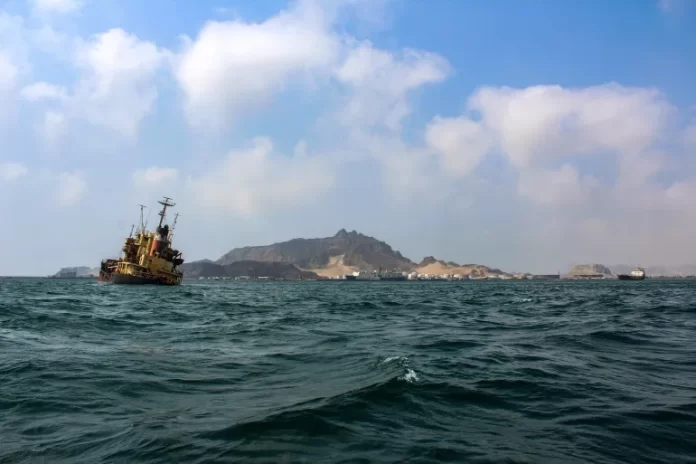The International Organisation for Migration (IOM) says two Nigerian nationals are missing while two others died after a vessel carrying 49 people capsized while crossing the Mediterranean.
IOM said 42 people are missing and presumed dead and seven rescued following a shipwreck off Libya, the latest fatal crossing in the Central Mediterranean.
More than 1,000 lives have been lost in 2025 in the Mediterranean, according to IOM.
The Nigerians were among 49 migrants and refugees aboard a rubber boat that departed from Zuwara in northwest Libya around 3am on November 3, IOM said, citing survivors.
“The vessel capsized roughly six hours later after high waves caused the engine to fail,” IOM said.
“All passengers, 47 men and two women, were thrown overboard.
“The boat drifted for six days before Libyan authorities rescued seven men – four from Sudan, two from Nigeria and one from Cameroon – on Nov. 8.
“The missing passengers include 29 from Sudan, eight from Somalia, three from Cameroon, and two from Nigeria.”
The agency said, “IOM’s team provided the survivors with emergency medical care, water, and food upon arrival at the disembarkation point in coordination with relevant authorities,”
The tragic event comes just weeks after other deadly incidents off Surman, Libya, and the island of Lampedusa in southern Italy.
Latest data from IOM’s Missing Migrants Project reveals that the death toll in the Central Mediterranean has already surpassed 1,000 this year, as people attempt the treacherous sea journey to Europe.
“With this latest shipwreck, the total has risen even further, reinforcing the urgent need for strengthened regional cooperation,” IOM said.
The agency also called for “expanded safe and regular migration pathways and more effective search and rescue operations to prevent further loss of life”.
“IOM upholds that humane and orderly migration benefits both “people on the move” and society as a whole.”
Since 2014, more than 25,600 people have died or disappeared in the Central Mediterranean, which spans from North Africa to Italy.
It is the world’s deadliest migration route due to factors that include the length of the journey, which can take days.
Other factors include increasingly dangerous smuggling patterns, gaps in search-and-rescue capacity and restrictions on the work of NGOs saving lives at sea.
In addition, migrants often make the crossing in unseaworthy, overloaded inflatable boats.
IOM said because many of the unseaworthy vessels can be launched at one time, this can complicate search and rescue efforts.







